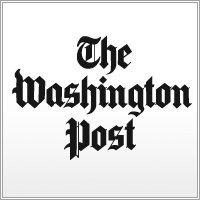
The two Ethiopian singers who performed early Saturday morning at Echostage, Mahmoud Ahmed and Teddy Afro, represent different styles and different generations. The 72-year-old Mahmoud sailed Semitic-style melodies over instrumental accompaniment that drew on 1950s jazz, while the 36-year-old Afro emphasized reggae, with some forays into funk-rock. Despite the stylistic differences, each drew a similarly ecstatic response from the crowd, which was heavily Ethiopian and Eritrean and large enough to pack the main floor of the 4,000-capacity club, Washington’s largest concert venue.
The concert was the biggest in a week of shows scheduled to complement this year’s Ethiopian Sports Tournament. The crowd was initially greeted by DJs who played a mix of Ethiopian pop and Jamaican dance-hall; video screens displayed pan-African symbols and the former Ethiopian flag, which has been redesigned several times since Emperor Haile Selassie was deposed in 1974 — an event that also interrupted Mahmoud’s career.
The live music didn’t begin until 12:35 a.m., when a sextet began to play dub-style reggae. The band was soon joined by Afro (born Tewodros Kassahun), who began with the first of several anthemic numbers about his native land and home continent. The audience sang along, often providing the rejoinder for the call-and-response choruses, as hundreds of arms pumped the air. Video images also cued the crowd, notably during “Haile Selassie,” which was accompanied by pictures of John F. Kennedy with the ousted Ethiopian leader at the White House.
Afro has a penetrating tenor, not unlike that of Senegal’s Youssou N’Dour. It commanded the music, whether the cadence was a loping reggae beat or a straightforward funk-rock rhythm. Traces of traditional Ethiopian modes could be heard in the vocal melodies, but the hour-long set’s epic number, “Tikur Sew” (black man), sounded as much U2 as East Africa.
Mahmoud, who arrived onstage at 1:45 a.m. for a 55-minute performance, is known in the West mostly from reissues of 1960s and ’70s recordings that feature large horn sections. At Echostage, he was backed by a quartet that included a single saxophonist and an assertive rhythm section. Rolling bass lines propelled the arrangements, while the drummer both kept the beat and played against it. Mahmoud’s keening, vibrato-heavy voice delivered tunes based on a venerable five-note scale, suggesting everything from old-school Egyptian pop to klezmer and Jewish liturgical chants.
Dressed in a white suit and black shirt, Mahmoud embodied the range of his style. Although the American influences were obvious, his vocalese was clearly from someplace else. To Western ears, the combination sounded exotically lovely. But to most of the listeners, it seemed, Mahmoud’s music just sounded like home.
Mark Jenkins is a freelance writer.

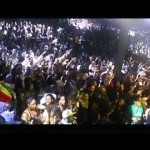
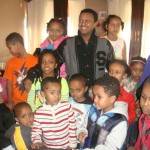

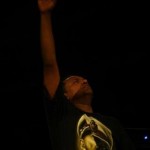
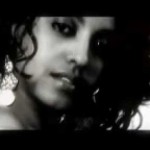
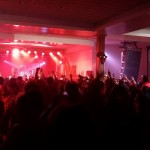
Be the first to comment